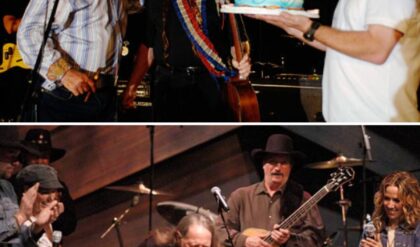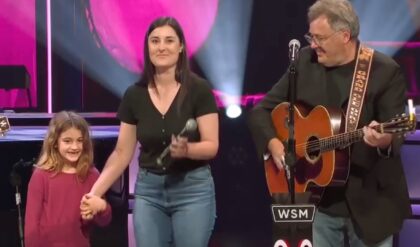Lyle and Erik Menendez open up about their parents’ slayings in the Netflix documentary ‘The Menendez Brothers,’ which streams beginning Oct. 7
:max_bytes(150000):strip_icc():focal(999x0:1001x2):format(webp)/menendez-brothers-6-06807eaed1ef40fdbf86ba898dcee249.jpg)
The Menendez brothers claim they didn’t kill their wealthy parents for their money.
But in the days and weeks after Kitty and Jose Menendez were brutally killed in the blood-spattered TV room of their $5 million Beverly Hills, Calif., mansion on Aug. 20, 1989, it didn’t look that way, especially to the authorities.
Just days after the violent shotgun murders on Aug. 20, 1989, that shocked the nation, the slain couple’s sons, Lyle, 21, and Erik, 18, went shopping, spending $15,000 on three Rolex watches, a jewelry saleswoman testified during their first trial.
That was just the beginning.
Lyle went on to buy a $64,000 Porsche Carrera, while Erik opted for a new Jeep Wrangler.
Later that year, Lyle put a $300,000 deposit on a $500,000 restaurant in Princeton, N.J., where he’d gone to college at Princeton University.
Deciding not to attend UCLA as previously planned, he shelled out $50,000 for a tennis coach in the hopes of turning pro.
During the brothers’ 1993 trial, prosecutors seized on this information, arguing that Lyle and Erik shot their music executive father, 45, and stay-at-home mother, 47, at close range with 12-gauge shotguns out of greed and were now living the life they’d always dreamed of.
Not true, the brothers say in the upcoming Netflix documentary The Menendez Brothers, which begins streaming Oct. 7.
:max_bytes(150000):strip_icc():focal(999x0:1001x2):format(webp)/lyle-erik-menendez-court-092124-7a4ea345917d43f99a5b2a8ed1cb0878.jpg)
Lyle Menendez, second from left, and his brother, Erik, second from right.AP Photo/Nick Ut
“The idea that I was having a good time is absurd,” Erik, now 53, says in a recorded phone call from prison, one of many featured in the documentary. “Everything was to cover up this horrible pain of not wanting to be alive.”
After his parents’ murders, Lyle was seen in a chauffeur-driven limousine, with bodyguards at his side, because he said he feared for his life.
But Lyle, now 56, claims in the documentary, “I was not enjoying myself as a playboy, that I was actually sobbing a lot at night, sleeping poorly, very distraught at times, and kind of adrift throughout this, all those months.”
During their first trial in 1993, which ended with a deadlocked jury, the brothers testified that they didn’t kill their parents for the money but rather because of years of alleged sexual abuse by their father, which they claim their mother ignored.
Tried a second time, they were convicted in March 1996 and sentenced to life in prison without parole.
The documentary features interviews with Lyle and Erik, who spoke to director Alejandro Hartmann over a series of recorded calls from California’s Donovan Correctional Facility, where they are now incarcerated.
Lyle has not spoken publicly since he and Erik sat down for a televised interview with Barbara Walters after their second trial ended in June 1996.
The Mendendez Brothers goes in-depth about what led the brothers to kill their parents, how the murders still loom large in their lives to this day — and how their accomplished, demanding father played a role in their decision-making, even after his death.
Opening up about the depths of despair he felt after murdering his parents, Erik says, “One of the things that kept me from killing myself is that I was, I felt like I would be a complete failure to my dad at that point.”
The Menendez Brothers airs on Netflix on Oct. 7.
The Menendez Brothers Official Podcast, a 3-part companion podcast featuring unheard audio interviews with the Menendez brothers not featured in the documentary, debuts Oct. 9 on Netflix’s ‘You Can’t Make This Up.’




